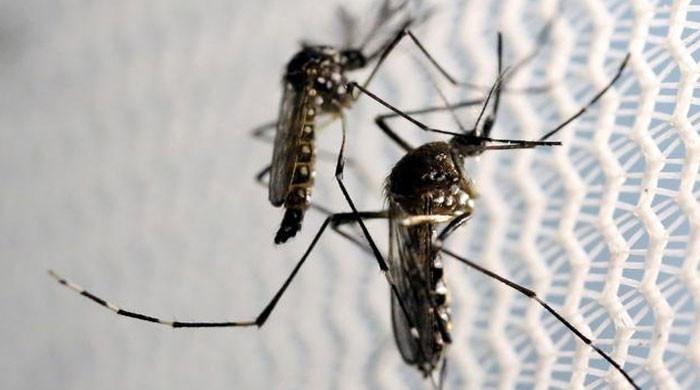'Sequenced eating' could help you lose weight, say experts
Experts say starting meals with vegetables and protein can stabilise blood sugar and aid satiety
July 22, 2025

Nutrition experts have said that the order in which you eat your food during meals could significantly impact your health. This approach, called 'meal sequencing', involves eating fibre-rich vegetables first, followed by proteins and fats, and saving carbohydrates for last.
Experts suggest this simple change in eating habits may help reduce blood sugar spikes, improve satiety (the feeling of fullness), and even regulate weight loss.
"Starting with vegetables, protein and healthy fats — before eating starches or sugary foods — may help blunt post-meal glucose spikes," experts say.
The method is especially useful for people with insulin resistance, prediabetes, or type 2 diabetes, and it is supported by research.
Research published in the journal Nutrients showed that people who followed this order for five years saw notable improvements in blood sugar control, while those who didn't made little to no progress.
Eating carbohydrates alone, especially refined ones like white bread or sugar, tends to raise blood sugar levels quickly. But when eaten alongside protein and fibre, the impact is reduced.
Fibre slows digestion, while protein and healthy fats increase feelings of fullness and support the release of GLP-1, a hormone that suppresses appetite and slows gastric emptying.
Experts recommend starting meals with non-starchy vegetables (like leafy greens or broccoli), then moving to lean proteins (like chicken or beans) and healthy fats (such as olive oil or nuts), and eating refined carbs like rice or bread last. This sequence can help keep blood sugar more stable and reduce overeating.
However, nutritionists emphasise that everyone’s body reacts differently. Those with diabetes or specific health conditions should consult a registered dietitian for personalised guidance.
For people looking to improve their blood sugar levels or lose weight naturally, changing the order of food on your plate may be a simple and effective first step.









